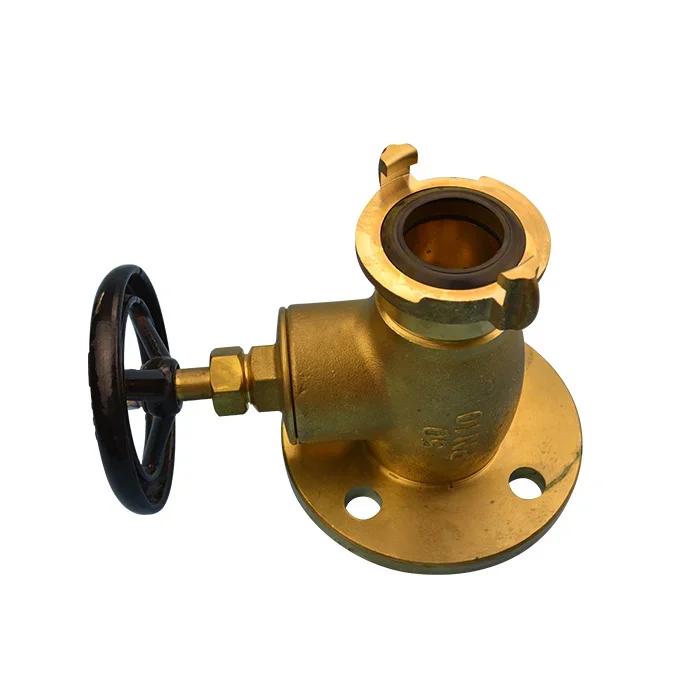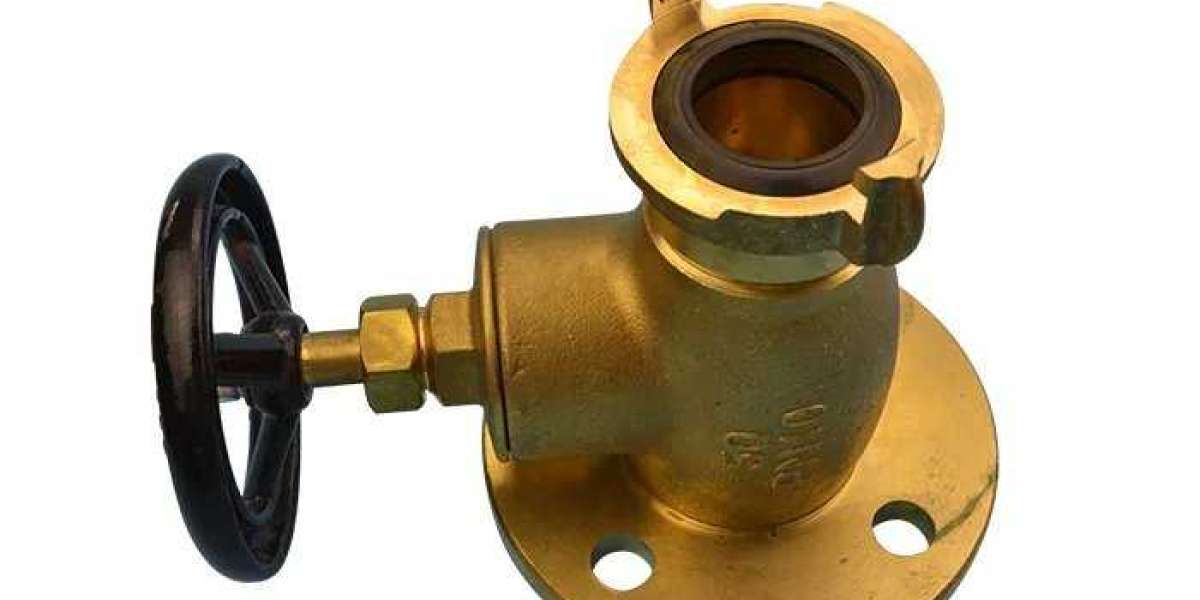The Nakajima type flanged fire hydrant is a crucial component in the safety and protection of marine vessels. It is designed to provide a reliable source of water for firefighting purposes in the event of an emergency. The manufacturing process of this type of fire hydrant is a complex and intricate process that requires precision and attention to detail. In this blog post, Jingqi will explore the manufacturing process of the marine Nakajima type flanged fire hydrant.
The Nakajima type flanged fire hydrant is named after its inventor, Mr. Nakajima, who was a Japanese engineer. This type of fire hydrant is commonly used in marine vessels due to its durability and reliability. The manufacturing process of this type of fire hydrant involves several stages, including casting, machining, assembly, and testing.
Casting
The first stage in the manufacturing process of the marine Nakajima type flanged fire hydrant is casting. Casting is the process of pouring molten metal into a mold to create a specific shape. In the case of the Nakajima type flanged fire hydrant, the mold is made of sand and is designed to create the shape of the fire hydrant.
The casting process begins with the preparation of the mold. The sand is mixed with a binder to create a mold that is strong enough to withstand the high temperatures of the molten metal. The mold is then placed in a casting machine, which is used to pour the molten metal into the mold.
The molten metal used in the casting process is typically a combination of copper, brass, and bronze. These metals are chosen for their durability and resistance to corrosion. Once the molten metal has been poured into the mold, it is left to cool and solidify.
Machining
The next stage in the manufacturing process of the marine Nakajima type flanged fire hydrant is machining. Machining is the process of shaping and finishing the metal to create the final product. In the case of the Nakajima type flanged fire hydrant, machining involves several steps, including drilling, tapping, and threading.
The first step in machining is drilling. This involves drilling holes into the metal to create the various openings and passages required for the fire hydrant. These openings include the inlet, outlet, and drain valves.
The next step in machining is tapping. Tapping is the process of creating threads in the metal to allow for the attachment of various components. In the case of the Nakajima type flanged fire hydrant, tapping is used to create threads for the flange and the cap.
The final step in machining is threading. Threading is the process of creating threads on the outside of the metal to allow for the attachment of hoses and other firefighting equipment. In the case of the Nakajima type flanged fire hydrant, threading is used to create threads on the outlet and drain valves.

Assembly
The third stage in the manufacturing process of the marine Nakajima type flanged fire hydrant is assembly. Assembly is the process of putting together the various components of the fire hydrant to create the final product. In the case of the Nakajima type flanged fire hydrant, assembly involves several steps, including attaching the flange, valves, and cap.
The first step in assembly is attaching the flange. The flange is attached to the body of the fire hydrant using bolts and nuts. The flange is designed to allow for easy attachment to the piping system on the vessel.
The next step in assembly is attaching the valves. The inlet, outlet, and drain valves are attached to the body of the fire hydrant using threads. These valves are designed to control the flow of water through the fire hydrant.
The final step in assembly is attaching the cap. The cap is attached to the top of the fire hydrant using threads. The cap is designed to protect the fire hydrant from debris and other contaminants.
Testing
The final stage in the manufacturing process of the marine Nakajima type flanged fire hydrant is testing. Testing is the process of ensuring that the fire hydrant meets the required standards and specifications. In the case of the Nakajima type flanged fire hydrant, testing involves several steps, including pressure testing and flow testing.
The first step in testing is pressure testing. Pressure testing involves subjecting the fire hydrant to a high-pressure water flow to ensure that it can withstand the pressure without leaking or failing. The fire hydrant is typically tested at a pressure of 20 bar for a period of 5 minutes.
The next step in testing is flow testing. Flow testing involves measuring the flow rate of water through the fire hydrant to ensure that it meets the required specifications. The flow rate is typically measured at a pressure of 7 bar.
Conclusion
The manufacturing process of the marine Nakajima type flanged fire hydrant is a complex and intricate process that requires precision and attention to detail. The process involves several stages, including casting, machining, assembly, and testing. Each stage is crucial in ensuring that the fire hydrant meets the required standards and specifications. The Nakajima type flanged fire hydrant is a vital component in the safety and protection of marine vessels, and its manufacturing process is a testament to the importance of quality and reliability in the manufacturing industry.
https://www.harry-fire.com/Manufacturing-process-of-marine-Nakajima-type-flanged-fire-hydrant.html








